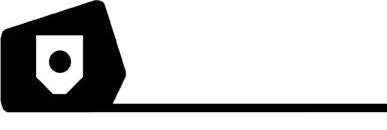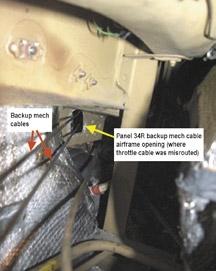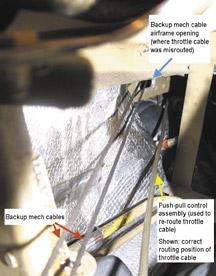
2 minute read
The 18-Inch Rule
By AT1(AW) Cora Purcell, VFA-81
Most maintenance personnel have heard of the 18-inch rule and know what it means. For those who don’t, the 18-inch rule means that whenever you do Use the right fluid, in the right maintenance or inspect an aircraft, you should not focus on just that task or specific area alone. aircraft, at the Instead, you should expand your right time! view and look at the general area within 18 inches of the specific task. This practice is drummed into maintenance personnel from day one.
Advertisement
Look around the immediate area where you are working, with an eye on finding discrepancies. Many minor problems can be found and corrected before they become major ones. The following example demonstrates how one maintainer’s version of the 18-inch rule prevented a major problem.
Aircraft 112, a recently accepted transfer aircraft, was in “specials” for a routine 84-day inspection. AD1 Lindsay, acting as a quality assurance representative (QAR), also was inspecting the back-up mechanical flightcontrol cables (as recommended in CSFWL Maintenance Gram 04-05). The maintenance gram said to look at the cables and all associated components in panels 41 left and right. Because many of the aircraft’s access panels were open for the 84-day inspection, AD1 Lindsay decided to inspect


all portions of the back-up mech cables that were visible in any of these open panels (hence the 18-inch rule). While inspecting the cables in panel 34 right, he noticed that the middle throttle cable for the right engine showed signs of rubbing and chafing. Further inspection revealed a groove worn into the shielding around the throttle cable. In one place, the shielding was worn through, and the throttle cable itself was damaged. AD1 Lindsay thought, “This is not good!”
The middle throttle cable was routed through the horizontal-stabilizer, flight-controlcable cutout, along with the back-up mech cables. Petty Officer Lindsay believed the throttle cable was misrouted and this misrouting had caused the damage to the throttle cable. He checked the aircraft publications to verify his suspicions. The pubs did not discuss or show the specific routing for the middle throttle cable in panel 34 right. He conferred with his fellow ADs, and they agreed the cable was not routed properly. However, none of them could prove it with the current aircraft publications.
AD1 Morris, the powerplants work-center LPO, suggested they contact the local Boeing representative to see if he could provide any guidance.










